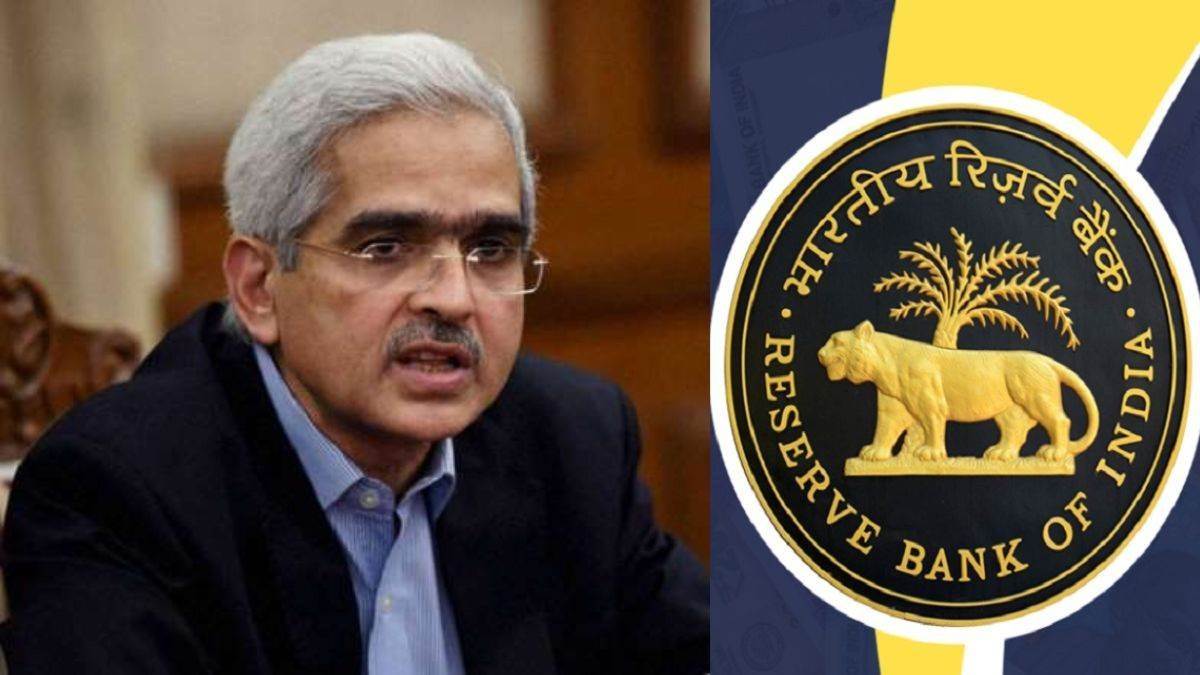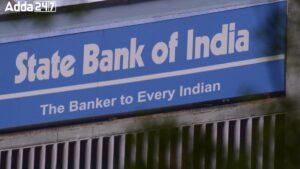The Reserve Bank of India (RBI) released its latest Financial Stability Report (FSR), revealing insights into the state of household financial savings and liabilities in the fiscal year 2022-23 (FY23). Despite a decline in gross household financial savings to 10.9% of GDP, the report emphasizes a limited risk of defaults by households, attributing it to the manageable exposure to higher mortgage payments and floating interest rates.
Rapid Rise in Financial Liabilities
The FSR notes a significant increase in household financial liabilities, rising from 3.8% of GDP in FY22 to 5.8% in FY23. This surge, driven by increased borrowings for physical asset creation, primarily in mortgages and vehicles, contrasts with a marginal moderation in financial assets to 10.9% in FY23 from 11.1% in FY22.
Impact of Repo Rate Hike
Banks linking home loan rates to external benchmarks resulted in the full transmission of the 250 basis points hike in the repo rate between May 2022 and February 2023 to home loans.
Savings Composition Shift
Despite the rise in financial liabilities, the report suggests that overall household savings may remain stable, with a shift towards physical savings. This shift could contribute to gross capital formation, supporting a positive trajectory in private investment and, subsequently, economic growth.
Household Debt and Default Risk
RBI underscores that despite the recent surge in financial liabilities, household debt in India remains comparatively lower than in other emerging market economies. The risk of defaults, particularly due to higher mortgage payments and floating interest rates, is deemed limited in the Indian context.
Important Questions Related to Exams
-
What does the RBI’s Financial Stability Report reveal about household savings in India in FY23?
- Explain the key factors contributing to the rise in household financial liabilities according to the report.
- How has the repo rate hike impacted home loans, and what is its significance in the context of the report?
-
In what way does the RBI view the risk of defaults by households, and what factors contribute to this assessment despite the increase in financial liabilities?
Please provide your answers in the comment section!!



 SBI Raises ₹5,000 Crore via AT-1 Bonds...
SBI Raises ₹5,000 Crore via AT-1 Bonds...
 HDFC Life's Commitment to DEI: A Dual Re...
HDFC Life's Commitment to DEI: A Dual Re...
 RBI Updates Alert List of Unauthorized F...
RBI Updates Alert List of Unauthorized F...

